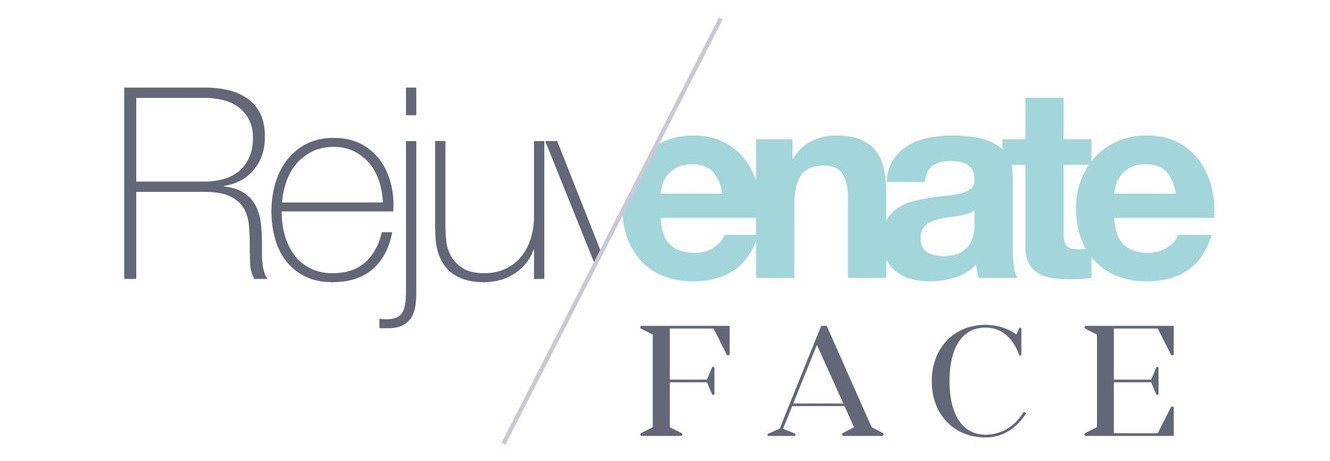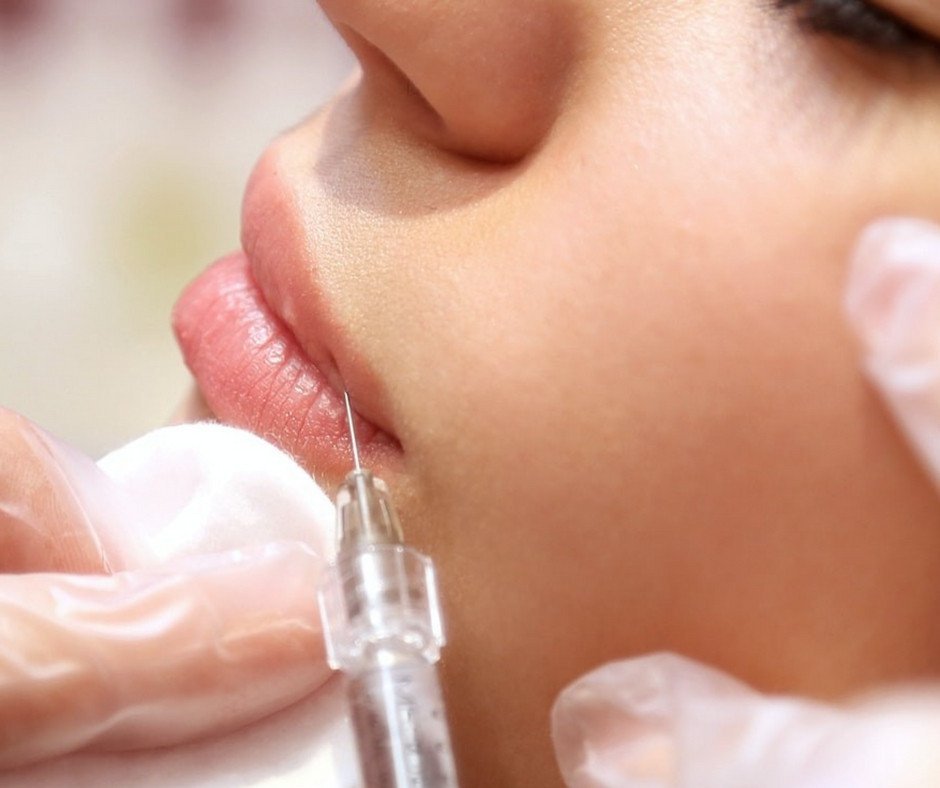Dermal fillers, particularly those based on hyaluronic acid (HA), have revolutionised aesthetic treatments. However, sometimes the results may be unsatisfactory, or complications may arise. That’s where hyaluronidase comes in. This enzyme breaks down HA, effectively dissolving misplaced or excess filler.

Understanding Hyaluronidase
Hyaluronidase is an enzyme that naturally occurs in the body. In aesthetic medicine, it is used as a “reversal agent” to dissolve HA-based fillers. This can be necessary to:
- Correct Overfilling or Asymmetry: Hyaluronidase addresses lumps, bumps, or unevenness caused by excessive filler or incorrect placement.
- Managing Complications: Hyaluronidase plays a pivotal role in addressing complications like vascular occlusions (blockages of blood vessels), which can lead to tissue damage.
- Reverse Unwanted Results: If you’re simply unhappy with the appearance of your filler, hyaluronidase allows for a fresh start.
Benefits of Using Hyaluronidase
- Minimally Invasive: It’s a non-surgical solution, reducing downtime and discomfort compared to surgical removal of fillers.
- Rapid Results: The effects of hyaluronidase are often visible within 24-48 hours.
- Safety Profile: Hyaluronidase is generally considered safe with few adverse reactions.
Risks and Considerations
As with any medical procedure, there are potential risks associated with hyaluronidase:
- Allergic Reactions: Individuals may be allergic to hyaluronidase rarely. A patch test can help identify potential sensitivities.
- Temporary Swelling and Bruising: These side effects are common but usually resolve quickly.
- Uneven Dissolution: There’s a risk of the filler dissolving unevenly, requiring further correction.
- Overcorrection: Excessive hyaluronidase may dissolve your body’s natural HA, impacting skin texture and causing areas of deflation.
Important!
- Dosing Variabilities: There are no universal dosing guidelines for hyaluronidase (see the section below).
- Not for All Fillers: Hyaluronidase only works on HA-based fillers. Other types of fillers require different dissolving methods or surgical removal.
Using Ultrasound for dissolving HA dermal fillers
Ultrasound makes the process of dissolving filler with hyaluronidase safer, more precise, and potentially faster. The key benefits of using ultrasound include:
Enhanced Safety and Precision:
- Visualization of filler location: Ultrasound creates a real-time image, allowing the practitioner to pinpoint the exact location of the filler and minimise the risk of accidentally injecting it into blood vessels or nerves.
- Tailored dosage: By visualising the amount and depth of the filler, the practitioner can determine the amount of hyaluronidase needed, reducing the risk of over-dissolution or under-correction.
Improved Efficacy and Results:
- Faster results: Ultrasound-assisted hyaluronidase injection often leads to faster breakdown of the filler, resulting in quicker visible improvement.
- Targeted correction: Ultrasound allows for dissolving filler in specific areas while preserving the desired effects in other areas.
- Reduced need for repeat treatments: The precise targeting and tailored dosage often lead to a more complete correction in a single session.
- Customisable treatment: The ultrasound allows for adjusting the depth of penetration and hyaluronidase amount to individual needs.
A suggested Hyaluronidase Protocol
While specific protocols can vary, here’s a general outline:
- Consultation and Assessment: A thorough evaluation to determine the reason for dissolving, the type of filler used, and the overall suitability of the procedure.
- Patch Testing (Optional): Some practitioners perform a skin test to exclude an allergy or sensitivity to hyaluronidase.
- Preparation: Disinfection of the treatment area and optional topical anaesthetic for comfort.
- Considerations for Dosing and Dilution: The lack of standardised dosing guidelines means that practices vary widely among practitioners. The correct dosing often depends on the type of HA filler used and the volume to be dissolved. The dosage of hyaluronidase can range from 15 to 150 units per session. Hyaluronidase should always tailored to the minimum effective dose to achieve the desired outcome.
- Aftercare: Instructions to avoid strenuous activity, makeup, and excessive heat for at least 24 hours
- Follow-up: To assess results and determine if further treatments are needed.
Considerations for Safe and Effective Practice
- Informed Consent: Anyone undergoing filler dissolving must receive information about the benefits, risks, and alternatives to hyaluronidase treatment to ensure they are fully aware of the procedure.
- Allergy Precautions: Patch testing can be considered to minimise the risk of allergic reactions.
- Conservative Approach: Starting with smaller doses and reassessing is often recommended to avoid overcorrection.
Important Note on Vascular Complications:
While rare, injecting filler into a blood vessel can be very serious. If you experience sudden blanching, severe pain, or vision changes after a filler treatment, seek emergency medical attention. Early hyaluronidase intervention might help prevent severe tissue damage or blindness.
In Conclusion
Hyaluronidase provides a valuable way to manage complications and reversing unsatisfactory results from HA-based dermal fillers. When administered by a qualified practitioner following evidence based protocols, it can be a safe and effective way to reverse the effects of HA..

Frequently asked questions
What is hyaluronidase, and how does it work for dissolving dermal fillers?
Answer: Hyaluronidase is an enzyme that breaks down hyaluronic acid (HA), an essential substance found in many dermal fillers. When injected into an area with HA-based filler, hyaluronidase dissolves the HA, effectively reversing the filler’s effect.
Why would someone need hyaluronidase for dermal fillers?
Answer: There are several reasons why someone might need hyaluronidase:
- Correction of Overfilling or Asymmetry: If too much filler is injected or placed incorrectly, hyaluronidase can dissolve excess amounts, improving appearance.
- Managing Complications: In rare cases, fillers can block blood vessels (vascular occlusion). Hyaluronidase can help break down the filler, potentially preventing severe tissue damage.
- Reversing Unwanted Results: If you’re simply unhappy with how your filler looks, hyaluronidase offers a way to dissolve it.
Is hyaluronidase safe?
Answer: When used by a qualified practitioner, hyaluronidase is generally considered safe. The most common side effects are temporary swelling, bruising, and redness at the injection site. Rarely, allergic reactions can occur, so that some practitioners may recommend a patch test before treatment.
How long does hyaluronidase take to work, and how long do the results last?
Answer: Hyaluronidase works quickly; you may see results within 24-48 hours. The effects can last for several days or longer. In some cases, more than one treatment session might be needed for complete filler removal.
Can hyaluronidase dissolve my natural hyaluronic acid?
Answer: Yes, it’s possible. That’s why it’s crucial to have hyaluronidase administered by a skilled practitioner who understands proper dosing and techniques. Excessive use of hyaluronidase could temporarily reduce your skin’s natural hyaluronic acid, affecting skin volume and texture.
What doses and dilutions of hyaluronidase are used for dissolving dermal fillers?
Answer: No universal dosing and dilution guidelines exist for using hyaluronidase to dissolve dermal fillers. The optimal approach depends heavily on several factors, including:
- Type of HA filler used: Different fillers have varying densities, which can affect how they respond to hyaluronidase.
- Amount of filler to be dissolved: More filler generally requires a higher dose.
- Location of the filler: Sensitive areas may demand a more conservative dose to start with.
- Reason for dissolving: Complications might warrant a more aggressive dose than simple cosmetic adjustments.
- Practitioner’s expertise: Experienced practitioners often have their preferred protocols.
Typical Range of Doses:
- Low: 15-30 units per treatment area (minor corrections)
- Moderate: 50-100 units per treatment area (larger corrections)
- High: 150-300 units or more (complications, substantial filler removal)
Common Dilutions:
- Standard: 150 units of hyaluronidase in 1 mL of saline.
- Higher dilutions May be used for broader area diffusion.
- Less diluted: For precise, targeted injections.
Important Considerations:
- Start conservatively: Most experts recommend smaller initial doses, which can be increased if needed. This minimises the risk of dissolving too much filler.
- Allergy testing: Some practitioners may do a patch test before full treatment.
- Seek an experienced practitioner: Their expertise is crucial for choosing the appropriate dose and dilution for your specific case and desired outcome.
Disclaimer: This is for informational purposes only.



